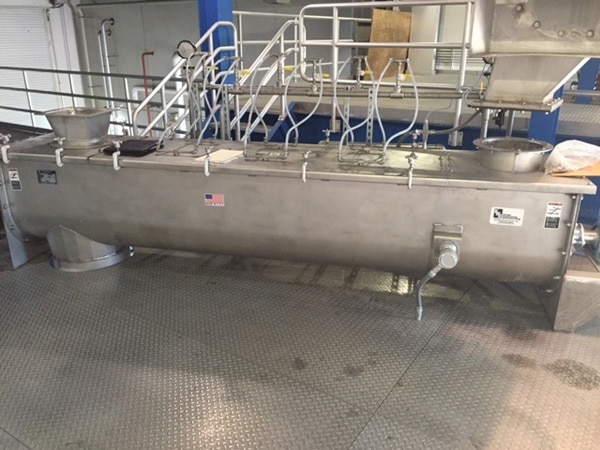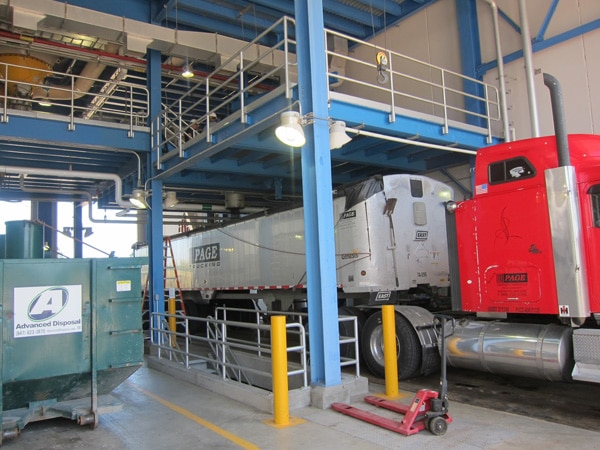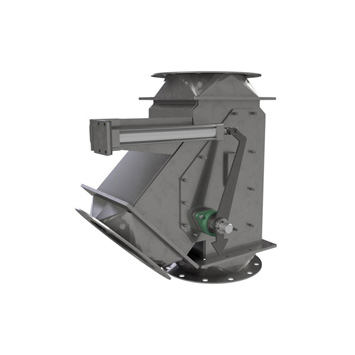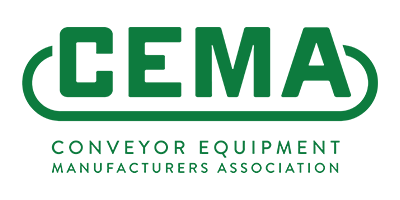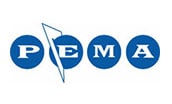Continuous Paddle Mixer for Blending Dried Sludge Pellets with Liquid Chemicals Stickney WWTP in Cicero, IL
 End User
End UserVeolia Water
Milwaukee, WI
Metropolitan Biosolids Management LLC
Lyons, IL
Symbiont Engineering, Science and Construction
Milwaukee, WI
Independent Mechanical
Chicago, IL
Chicago Biosolids, Stickney WWTP
Cicero, IL
General Description
Stickney Water Reclamation Plant in Chicago is owned by the Metropolitan Water Reclamation District (MWRD) and is the largest wastewater treatment plant in the world with a capacity of 1.44 billion gallons per day. It is located on 570 acres in Cicero, Illinois, southwest of Chicago, serves 2.4 million people living in Chicago and 43 suburban communities. The biosolids/sludge from the plant is dried and pelletized by Metropolitan Biosolids Management, a joint venture of Biosolids Management and Veolia Water North America Operating Services, which designed, built, owns, operates and maintains the pelletization plant. The facility is called the Chicago Biosolids Facility and is one of the world’s most advanced biosolids recycling facilities.
The facility started full-scale operation in 2008 to help the local government improve how it processes municipal wastewater treatment residuals, or biosolids. The facility initiated the environmentally safe reuse of these materials as fertilizer. The Veolia Water-operated biosolids facility is called a “pelletizer” because it creates small fertilizer pellets for use in the agriculture and turf grass industries and as a base material for fertilizer blending operations. The plant was designed to process approximately one-third of the wastewater treatment residuals produced by the Stickney wastewater treatment facility.
The pelletizer plant significantly upgrades the District’s biosolids recycling by replacing a lengthy process that relied on open-air drying beds. The facility processes 600 tons of wet biosolids daily, removing 450 tons of water and transforming the solids material into 150 tons of dried beneficial biosolids.
As part of their dried pellet truck loading system, Veolia Water undertook a project to add a dust suppression system with technical assistance from Symbiont Engineering. KWS Environmental was approached to help with the unique design requirements for a new dust suppression mixer.
Design Parameters
- Material: Dried Biosolids
- Solids Content: 95-percent by weight
- Material Density: 37.5-Lbs. per Cubic Foot
- Maximum Design Capacity: 265 to 3,500 Cubic Feet per Hour
- Operating Temperature: 100 to 175-Degrees F
- Operating Pressure: 1-psig Internal Pressure
- Duty: 24 Hours per Day, 7 Days per Week
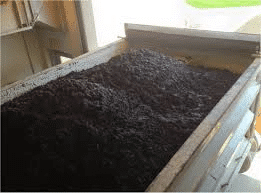
KWS Advantages
The KWS Dust Suppression Mixer was designed to mix two liquid chemicals with dried sludge pellets to enhance the fertilizer quality and reduce dust. The chemicals added were a urea ammonium nitrate (UAN) solution containing 32% nitrogen, for nitrogen enhancement of the fertilizer product and a heavy oil (Dustrol 3054.3), for dust suppression.
The system was capable of adding the two liquid chemicals either singularly or in combination, depending on the process requirements, to the dried sludge pellets as it was loaded into trucks from the East Product Storage Silo. The Dustrol was applied with air atomizing nozzles at 140 to 160-degrees F. The UAN solution was applied with hydraulic nozzles at a temperature of greater than 40-degrees F.
KWS Environmental understood the requirements of the application and designed a unique mixer to continuously mix and convey the blended product. Since the mixer was a retrofit to an existing facility, the new unit had to fit into the space available.
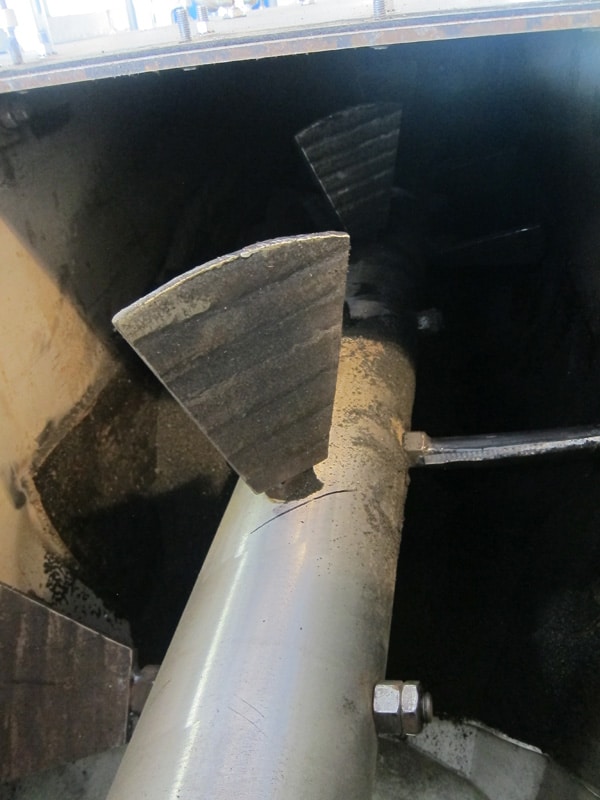
Special Features
The KWS Dust Suppression Mixer was located directly below the pellet storage silo and was flood-loaded at the inlet. The mixer was designed with a metering section to meter the dried sludge pellets into the mixing section. The metering section was also designed for the loads imposed by the head of pellets in the silo. The right combination of full flighting and paddles was established to control flow from the silo while ensuring optimal mixing. The mixing paddles are easily removable and replaceable. The pitch of the paddles are easily adjustable and the mixer speed is controlled by a variable frequency drive (VFD) should operating conditions change.
The required mixing conditions varied and the mixer had to accommodate all conditions. Our knowledge of mixer designs including our proprietary performance modelling algorithms allowed KWS Environmental to provide the right solution, verify the design and achieve optimal mixing for all conditions.
Given the abrasive nature of the product, KWS provided chromium carbide hard surfaced paddles to extend operating life. The result is a robust, efficient and flexible mixer that will meet the customer’s needs for years to come.
Testimonial
"The KWS Dust-Suppression Mixer is exactly what we’re looking for. The special features are great. We’re typing up a purchase order for a second KWS Dust-Suppression Mixer to be used on the West Product Storage Silo."
Neil Brunner, Project Manager – Symbiont Engineering, Science and Construction
